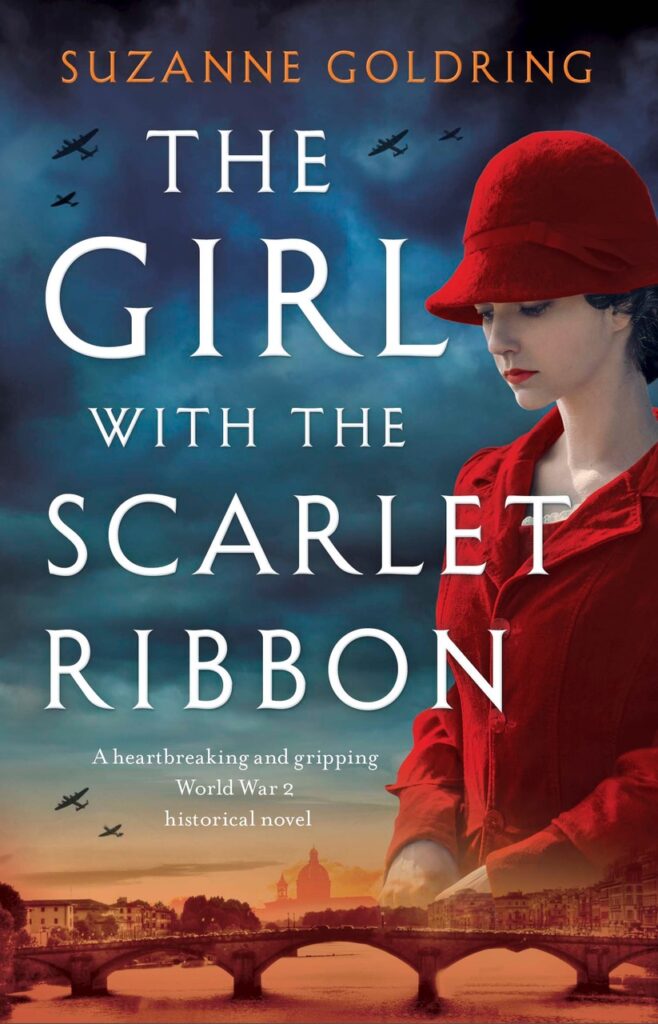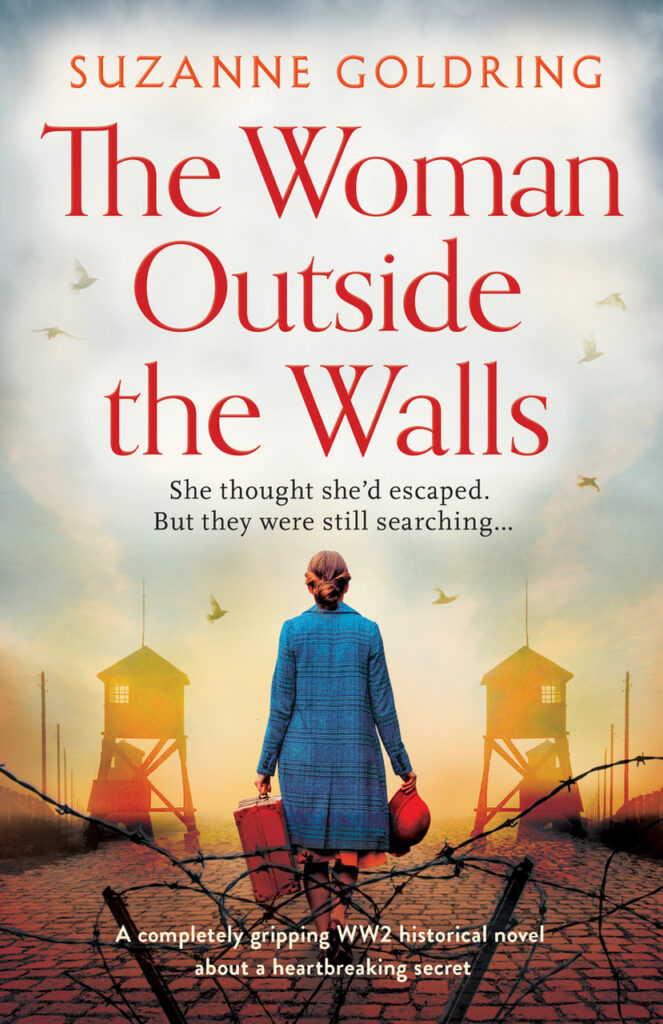

As a child, what did you want to do when you grew up?
I began to think I wanted to be a writer quite early on and tried to write my first novel when I was about twelve, after reading and loving Lorna Doone – a tale of renegades and love in the wilds of Exmoor in the west of England. But before that I had announced at a family gathering – I think it was my youngest sister’s christening party – that I wanted to be an artist’s model. My aunt was an artist and I had seen her sketches of naked models and I thought it would be a fun job posing! I think my decision caused some amusement.
Have you ever traveled as research for your book?
So far in my career as a novelist I have travelled twice for specific books. I returned to Corfu when I had written most of BURNING ISLAND to revisit the Jewish quarter and the old fort on the island. I had confused the two forts in Corfu Town when I researched the decimation of the Jewish community in WW2 and needed to see for myself where nearly 2,000 inhabitants had been crowded onto leaking barges in the first stage of their terrible journey to Auschwitz.
I also went to Florence to research THE GIRL WITH THE SCARLET RIBBON, which is set during the one year of German occupation in WW2. If I hadn’t visited the city I would not have discovered the wine windows and the station memorial, which are key elements in the story I then developed.
How did you come up with the title for your book?
My editor has created the titles for all my six published books. I always offer a working title, but she has a greater understanding of what will stand out in the market place and so I am very willing to accept her suggestions. However sometimes I can still incorporate my idea into the story in some way and for THE GIRL WITH THE SCARLET RIBBON, which I originally called Painting by Numbers, I was able to weave my idea into the final chapter, where my present-day character wants a title for an art exhibition. You’ll have to read the book to see how this was relevant.
How do you come up with character names for your stories?
Because I write dual timeline novels I need names which are right for the present day and the past. I also often include characters from other countries, so I have to look at popular names in different cultures and from previous years. One of my favourite sources for names of the past relevant to the UK, is the Daily Telegraph Obituary column, which is so useful for Christian names and surnames which are age appropriate.
How many books have you written? Which is your favorite?
I have written six published books to date, plus one self-published book, entitled Powerless – The Year The Lights Went Out. However, I have written several more full-length novels, as my first published novel, MY NAME IS EVA, was the seventh book I’d finished. I think this proves just how hard it is to break into publishing as a debut author, but I’m very happy that I achieved my goal with that novel as it is probably my favourite, telling the story of an elderly woman in a care home having to be very crafty to keep her secrets hidden. It has proved to be a huge international best-seller and has been translated into six languages to date.
What advice would you give to a writer working on their first book?
I always say prioritise and share. This may sound odd to someone writing what they feel is very precious and personal, but it is so hard to write in total isolation. The writing community is very supportive and generous and it is important to be able to talk to others experiencing the same frustrations and problems. And I say make it a priority, because I keep hearing aspiring writers say they find it difficult to have the time to write. Well it is difficult if you don’t make it top of your list. I know it’s hard when people have full-time jobs and are caring for family, but that book won’t get written if you don’t make it your job to finish it.
What books have you read more than once in your life?
It can be very comforting to return to books which are familiar at difficult times. So during the first UK pandemic lockdown, I re-read Daphne du Maurier’s REBECCA and also David Nicholl’s ONE DAY. They are completely different books, but both are stunning and masterful. I have also, over the years, re-read ANNA KARENINA, PRIDE AND PREJUDICE and various John Le Carre novels.
What do the words “writer’s block” mean to you?
Those words have no meaning for me. I have good days and bad days writing. On a bad day I might decide after a while to check some research instead of struggling or leave the scene which is causing trouble and write one that will eventually find a place in another part of the book. I think there are many ways that writing can be stimulated and the writing muscle has to be exercised to keep it working.
What do you like to do when you’re not writing?
I am immensely interested in gardening and that is my indulgence. I have an English country cottage garden, which at present is littered with leaves and dying dahlias, but in season is scented with roses, filled with colourful herbaceous borders and productive with runner beans and apple trees. I find gardening is the perfect complement to writing, as my brain will continue to live with my characters while I weed, dead-head and plant, meaning I often dash back to my desk to jot down a thought or a remark my character is telling me to record.
What part of the book was the most fun to write?
It may sound odd, but I find the most fun is writing about the baddies! Not totally evil characters as such, but the ones who are badly behaved and just a bit questionable. In my latest book, THE WOMAN OUTSIDE THE WALLS, I enjoyed writing about the prostitutes working the streets of Hamburg. The reality may well have been far grimmer than I have described, but I thought I wanted my principal character Anna to feel a sense of humour and camaraderie amongst the street community and that is why in turn, she helps one of the girls before she finally leaves the city. I also enjoyed writing about the camp Kommandant humiliating Anna in a creepy, slightly abusive way.
In THE GIRL WITHOUT A NAME, I very much enjoyed writing the character of Aunt Ida, who takes the orphan Ruby back to London to face the Blitz, away from her safe and cosy billet in the Devon countryside. And in BURNING ISLAND, I enjoyed the character of Greg, who does his best to undermine a new hotel destroying the peace of his opulent home on the coast of Corfu.